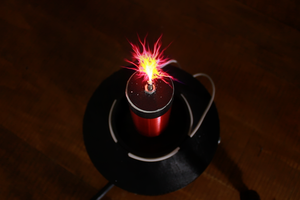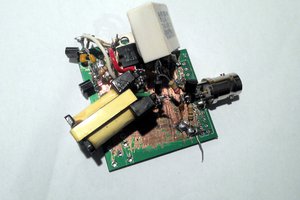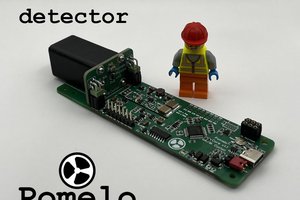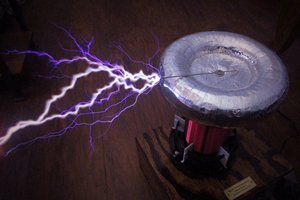This Cosmic Ray (Muon) Detector Kit is an open-source hardware project that has come about as a result of tinkering and building many Cosmic Ray detectors of various types since 2007. I’m regularly approached by people wanting me to construct them or needing assistance. These include musicians, artists, educators, and enthusiasts. However, juggling new projects with job and family life have posed some constraints. Consequently, I’ve recognised the need to develop a straightforward simplified kit that will empower anyone to construct and customise their own detector. For whatever their intentions or interest: education, for art, music or just wacky nonsense. My reasons are: I have a love for making things and a passion for science.


Please note: Geiger–Müller tubes use high-voltage DC between 350 and 900V, depending on the manufacturer. Please be aware that building and using such equipment comes with a risk of potential shock. It is only recommended for construction or use by individuals with experience.

The design of this kit is based around two Geiger–Müller tubes. A technology that has been embraced by many astrophysicists and educators since the early 20th century when Cosmic Rays were initially identified. Despite the evolution of alternative detection methods involving photomultipliers or SiPM coupled with a scintillator. A Geiger–Müller tube in my opinion currently persists as the most economical and accessible technology for Do-It-Yourself (DiY) detector projects.

A Geiger–Müller tube (GMT) typically functions at a high voltage around 400V DC or even higher, depending on the manufacturer. There are many low-cost versions available, such as surplus ex-Soviet models (as below) and other more modern manufacturers, most of which operate within the range of 350 to 450V. Despite this elevated voltage, these tubes consume very little power, operating in the microamp region since they operate in series with a high-value resistor typically around 10 Megaohms.


The bare minimum requirement for any cosmic ray muon detector involves at least two GMT tubes enclosed inside a non-ferrous metal shielding and a coincidence circuit. This will effectively filter out any low-energy terrestrial background radiation from Cosmic Ray initiated muons.
The output impedance of a basic GMT circuit is very high and so is also susceptible to noise, RFI and static discharge. Therefore it is crucial to use in combination with a low-noise regulated power supply to ensure reliability when using multiple GMTs. To meet this requirement, I have designed a power supply using the Analog Devices LT8365 Low IQ Boost Converter and voltage multiplier with an adjustable...
Read more » Robert Hart
Robert Hart
 Zach Armstrong
Zach Armstrong
 Jenny List
Jenny List
 mihai.cuciuc
mihai.cuciuc
Spending an evening at Grey Eagle Casino was one of the highlights of my week. Based in Canada, it has an incredible selection of games and a lively atmosphere that’s hard to beat. What I enjoyed most was the variety—they’ve got something for everyone. The food and drinks were excellent, and the service was outstanding. It’s the kind of place where you can truly let loose and have fun.